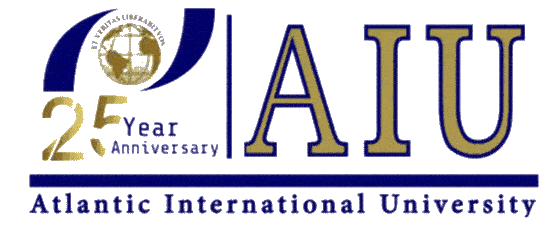Language Learning and Bilingual Education: Pathways to Cognitive and Cultural Proficiency
April 19, 2024 2024-04-19 10:28Language Learning and Bilingual Education: Pathways to Cognitive and Cultural Proficiency

Language Learning and Bilingual Education: Pathways to Cognitive and Cultural Proficiency
Language learning and bilingual education are transformative educational processes that offer students the opportunity to acquire a second language while strengthening their cognitive abilities and cultural understanding. These educational strategies not only prepare students for a globalized world but also enhance cognitive skills and foster greater empathy towards other cultures. This article delves into the benefits, challenges, and key considerations of language learning and bilingual education, highlighting their significant impact on personal and academic growth.
The Benefits of Language Learning
- Cognitive Advantages: Research consistently shows that individuals who speak more than one language exhibit improved problem-solving skills, better multitasking abilities, and greater mental flexibility. The process of switching between languages enhances executive functions, which are critical for planning, focusing attention, and controlling impulses.
- Academic Performance: Language learners often show improved performance in other academic areas, particularly in reading and writing. Learning a new language involves complex cognitive tasks such as decoding, memorizing, and recognizing patterns, which can transfer to other learning domains.
- Cultural Sensitivity and Awareness: Being bilingual or multilingual opens the door to understanding and appreciating cultural diversity. Students learn to see the world from different perspectives, which is increasingly important in our interconnected global society.
- Career Opportunities: In the job market, bilingual individuals have a competitive edge. Many businesses operate in multiple countries and require employees who can communicate in different languages and navigate different cultural contexts.
Challenges in Bilingual Education
- Resource Availability: Implementing effective bilingual education programs often requires significant resources, including skilled teachers, appropriate curriculum materials, and ongoing training. Schools in resource-poor settings may struggle to provide high-quality bilingual education.
- Standardization of Curriculum: Designing a curriculum that effectively integrates language learning with other academic subjects can be challenging. Educational institutions must balance language instruction with other educational goals to ensure comprehensive learning experiences.
- Assessment and Evaluation: Assessing the progress of students in bilingual programs is complex, as traditional testing methods may not accurately reflect a student’s linguistic and cognitive development across two languages.
Key Strategies for Effective Language Learning and Bilingual Education
- Early Implementation: Research suggests that the earlier a child is exposed to a second language, the more likely they are to achieve proficiency. Early childhood educational environments provide a natural and effective setting for bilingual education.
- Integration Across Subjects: Effective bilingual programs integrate language learning with the teaching of math, science, and social studies, allowing students to use and reinforce their language skills across subjects.
- Community and Parental Involvement: Successful bilingual programs often involve the community and parents, making language learning a collaborative effort that extends beyond the classroom. Encouraging the use of the second language at home and in community settings enhances language retention and fluency.
- Professional Development for Teachers: Educators need ongoing support and training to address the unique challenges of bilingual education. Professional development should focus on strategies for dual-language instruction, cultural competency, and ways to engage linguistically diverse students effectively.
Conclusion
Language learning and bilingual education are not merely about acquiring communication skills in another language; they are about shaping the minds and attitudes of future generations. As we advance into a more globalized world, the demand for multilingual competence will continue to grow. By overcoming the challenges and leveraging the profound benefits of bilingual education, we can prepare students not only for academic success but also for a lifetime of cognitive and social benefits that transcend linguistic boundaries.
Popular Tags


















